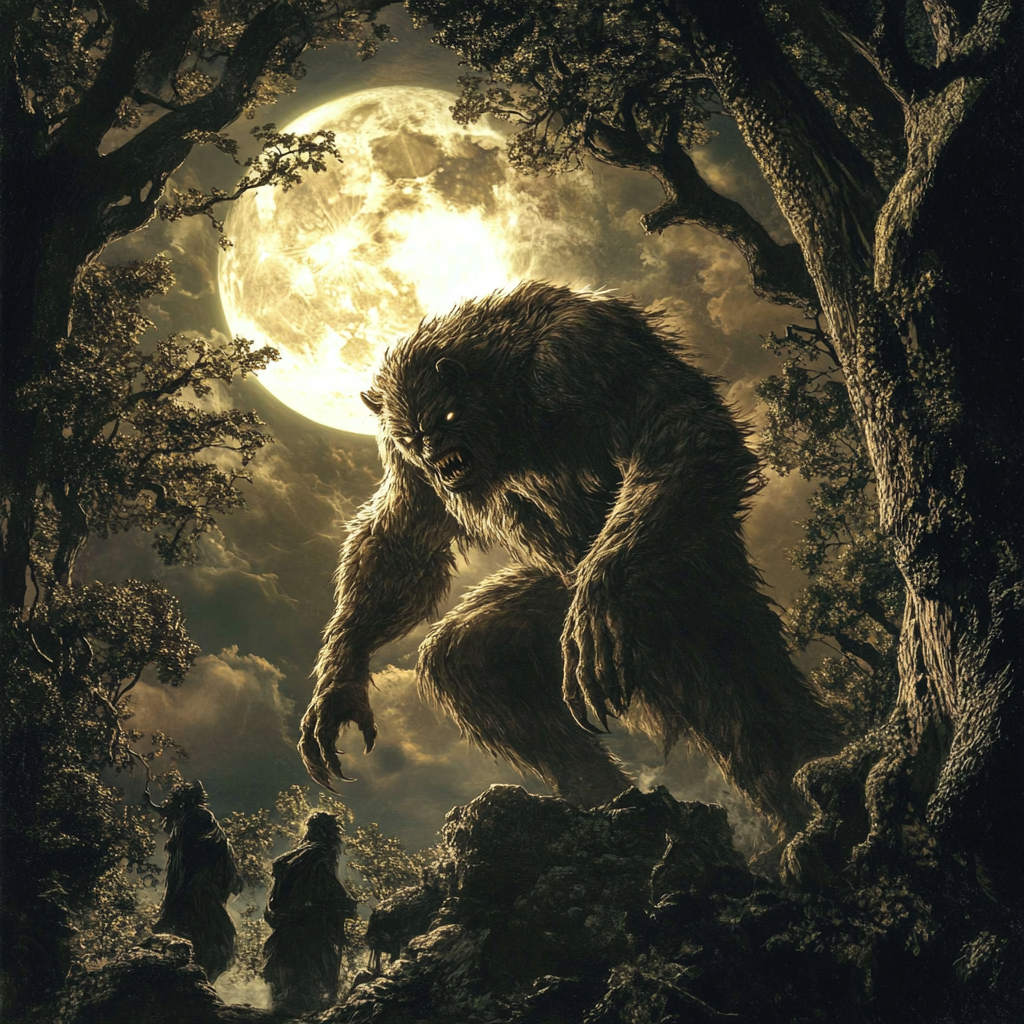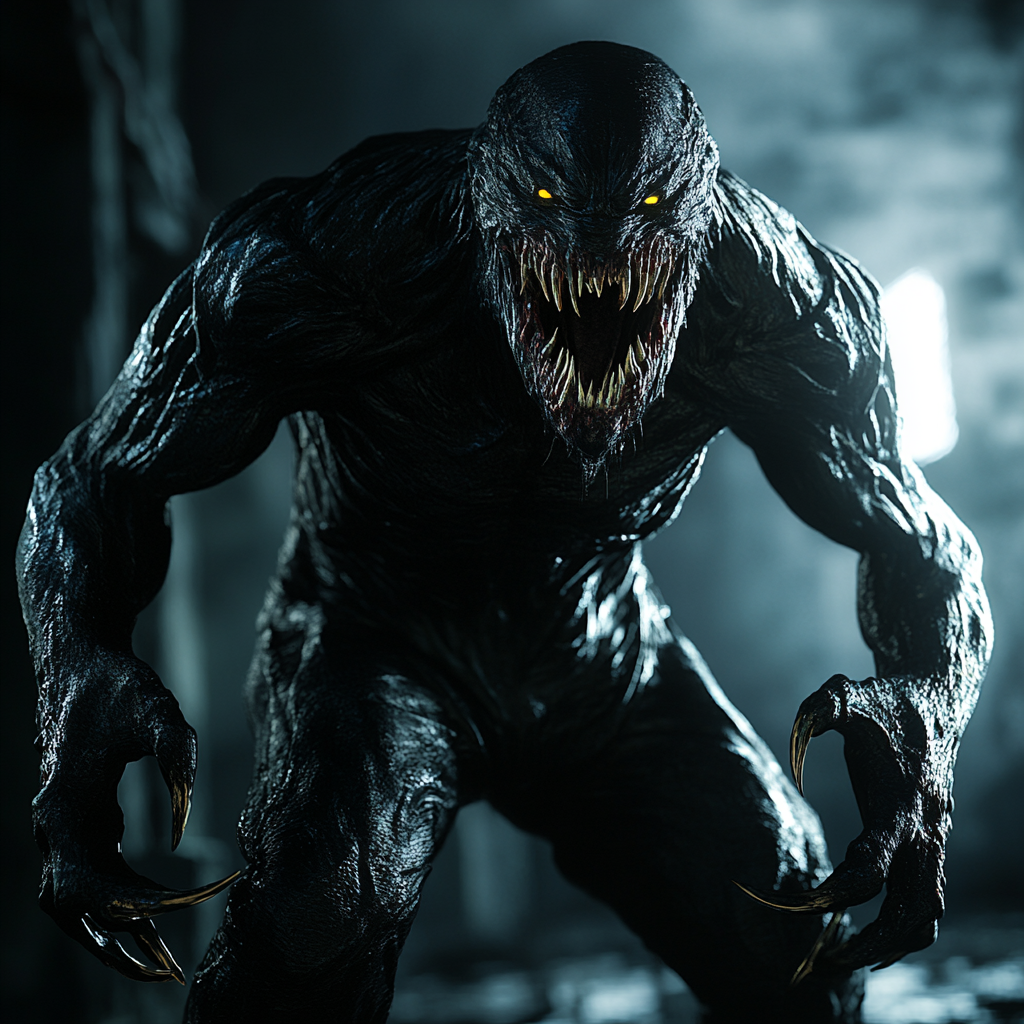Disclaimer: This post contains affiliate links. This means I may earn a commission should you choose to sign up for a program or make a purchase using my link.
Monsters are the heart of horror fiction. They lurk in the dark corners of our imagination, waiting to terrify us when we least expect it. But what separates a truly terrifying horror creature from a forgettable one? Some monsters stick with us long after we close the book, haunting our thoughts and feeding our nightmares. Others fade into the background, lacking the depth and fear factor to leave a lasting impact.
A well-crafted horror creature is more than just a grotesque beast. It taps into primal fears, embodies deeper psychological or societal anxieties, and has a presence that disturbs readers on multiple levels. In this post, we’ll break down the essential elements of creating unforgettable horror creatures, using examples from literature to illustrate how the best monsters are born.

1. Tap into Primal Fear
The most effective horror creatures are terrifying because they exploit fundamental human fears. These fears are universal, deeply rooted in our psychology, and have haunted humanity for generations.
Examples of Primal Fears in Horror Monsters:
- Fear of the Unknown – The less we understand something, the more it frightens us. Creatures that defy explanation, break the rules of reality, or remain unseen for much of the story are often the scariest. The Color Out of Space by H.P. Lovecraft presents a creature that is not entirely of this world. An alien, indescribable force that distorts reality and warps the human mind.
- Fear of the Uncanny – Monsters that resemble humans but have something off about them are deeply unsettling. In The Other by Thomas Tryon, the horror comes from a pair of identical twins. One innocent, one deeply disturbed. Their almost indistinguishable nature plays with the uncanny valley effect, making readers uneasy.
- Fear of Predation – Being hunted or stalked taps into one of our most ancient survival instincts. The creature in The Ritual by Adam Nevill embodies this fear, as a group of hikers find themselves hunted by an ancient, godlike entity in the Scandinavian wilderness.
- Fear of Disease and Decay – Monsters that involve infection, mutation, or bodily transformation create a sense of helplessness and revulsion. The Troop by Nick Cutter is a terrifying example, featuring a bio-engineered parasite that devours its victims from the inside out.
- Fear of Losing One’s Mind – Some of the most disturbing monsters don’t just attack physically, they destroy a person’s sanity. The King in Yellow by Robert W. Chambers presents a mysterious play that, once read, drives people to madness, making the horror existential and deeply personal.
When designing your horror creature, ask yourself: What primal fear does it trigger? If your monster taps into something deeply ingrained in the human psyche, it will feel all the more terrifying.
2. Make Your Monster Symbolic
The best horror creatures represent something beyond just their physical threat. They serve as metaphors for deeper fears, anxieties, or societal issues, making them resonate with readers on an intellectual and emotional level.
Symbolic Horror Monsters in Literature:
- Frankenstein’s Monster (Frankenstein by Mary Shelley) – More than just a stitched-together corpse, Frankenstein’s monster represents the dangers of unchecked scientific ambition, the fear of playing God, and society’s rejection of those who are different.
- Dracula (Dracula by Bram Stoker) – The Count isn’t just a blood-drinking creature. He symbolizes fears of foreign invasion, the dangers of unchecked sexuality, and the corruption of innocence.
- The Entity in It by Stephen King – Pennywise the Clown is not just a terrifying shapeshifter; it represents childhood trauma, suppressed fears, and that evil can take on any form to exploit its victims.
- The Wendigo (The Wendigo by Algernon Blackwood) – This creature, drawn from indigenous folklore, embodies the fear of hunger, greed, and the wilderness itself. Showing how nature can turn against those who enter it unprepared.
By making your monster a symbol of a larger theme, you give it weight beyond the immediate horror it causes. Readers might not even realize at first why the creature unsettles them so much, but the deeper meaning will linger long after they finish the book.

3. Design a Truly Disturbing Appearance
A horror creature’s design plays a crucial role in how frightening it is. The best monsters are visually disturbing, not just because they’re grotesque, but because they feel wrong. Their very existence is an affront to reality.
Elements of an Effective Monster Design:
- The Uncanny – A monster that is almost human but subtly distorted can be more frightening than something completely alien. In The Silent Companions by Laura Purcell, eerie wooden figures take on increasingly lifelike qualities, making their presence deeply unsettling.
- The Wrongness of Nature – Twisting nature in unexpected ways creates an instinctual fear response. Annihilation by Jeff VanderMeer features creatures that are impossible to classify, fungal growths that take on human traits, mutated animals that seem to think, and a terrifying humanoid entity made of refracted light.
- Monstrous Hybridity – Combining elements of multiple creatures creates an unnatural, unsettling effect. The Terror by Dan Simmons features the Tuunbaq, an ancient Arctic predator that is both spiritual and physical, human and beast, making it unpredictable and horrifying.
- Distorted Proportions – A monster that is just too tall, too thin, and or too still can make readers deeply uncomfortable. The creatures in The Fisherman by John Langan are massive, towering, and ancient, their very presence warping reality itself.
When designing your monster, focus on details that trigger unease. Sometimes, what isn’t described is just as terrifying. Let the reader’s imagination fill in the gaps.
4. Use the Power of the Unknown
Some of the scariest monsters in horror literature are terrifying because they are never fully seen or understood. What we don’t see is often scarier than what we do.
Examples of the Unknown in Horror Creatures:
- The Entity in House of Leaves by Mark Z. Danielewski – A house with impossible architecture, containing something lurking in the darkness. The creature’s exact nature is never revealed, making it even more terrifying.
- The Shoggoths (At the Mountains of Madness by H.P. Lovecraft) – These ancient, amorphous horrors are described in fragmented, incomplete details, leaving much to the reader’s imagination.
- The Beast in The Ballad of Black Tom by Victor LaValle – A reimagining of Lovecraftian horror, where an ancient cosmic entity remains an ever-present, unknowable force.
Keeping parts of your monster’s nature a mystery allows readers to create their own worst fears. The more they have to imagine, the more terrifying the creature becomes.
5. Make Encounters with the Monster Memorable
A monster is only as frightening as the scenes in which it appears. Even a well-designed creature will fail to scare if its encounters aren’t built with suspense and dread.
How to Make Encounters Terrifying:
- Build Suspense Before the Reveal – Let tension rise before the monster appears. Strange noises, missing people, or inexplicable shadows heighten fear.
- Make Escape Difficult or Impossible – The creatures in Bird Box by Josh Malerman cannot even be looked at without causing death, making them nearly inescapable.
- Give the Monster an Unexpected Ability – The monster in The Hunger by Alma Katsu isn’t just a predator—it changes its victims in ways that warp their humanity.
A great monster encounters should leave both the characters and the reader feeling helpless, uncertain, and utterly terrified. That challenge readers’ understanding of the universe and human nature.
Wrap Up
Writing a truly frightening horror creature requires more than just grotesque imagery. It requires tapping into deep-seated fears, making the monster symbolic, keeping aspects of it unknown, and designing terrifying encounters. Whether you’re crafting an ancient cosmic horror, a relentless predator, or an entity that feeds on human minds, the key is to make your monster feel real to your readers.
What’s the most terrifying horror creature you’ve ever read about? Share your thoughts in the comments below—if you dare. 👹📖
As always, Happy Writing!

Newsletter Sign-Up